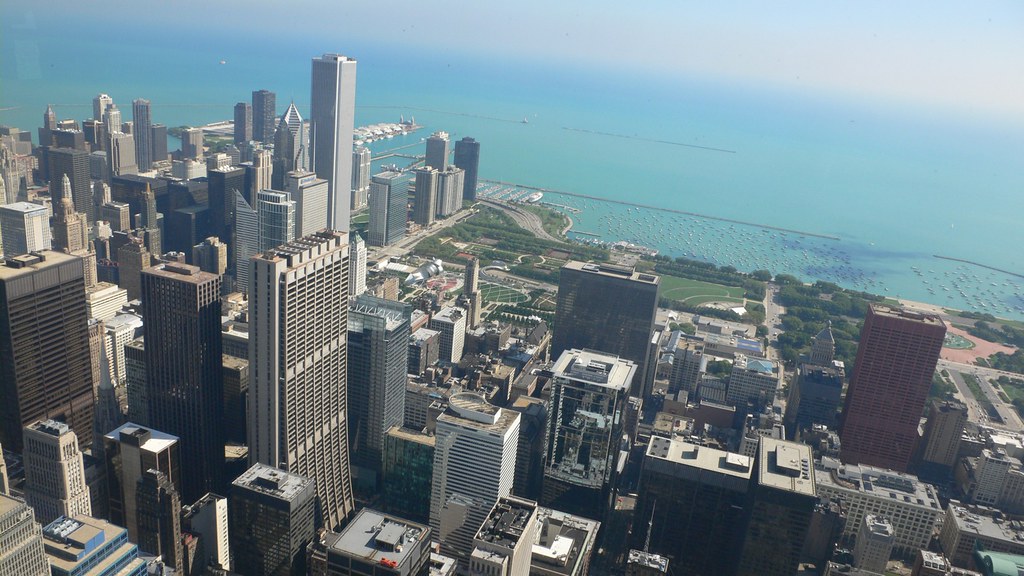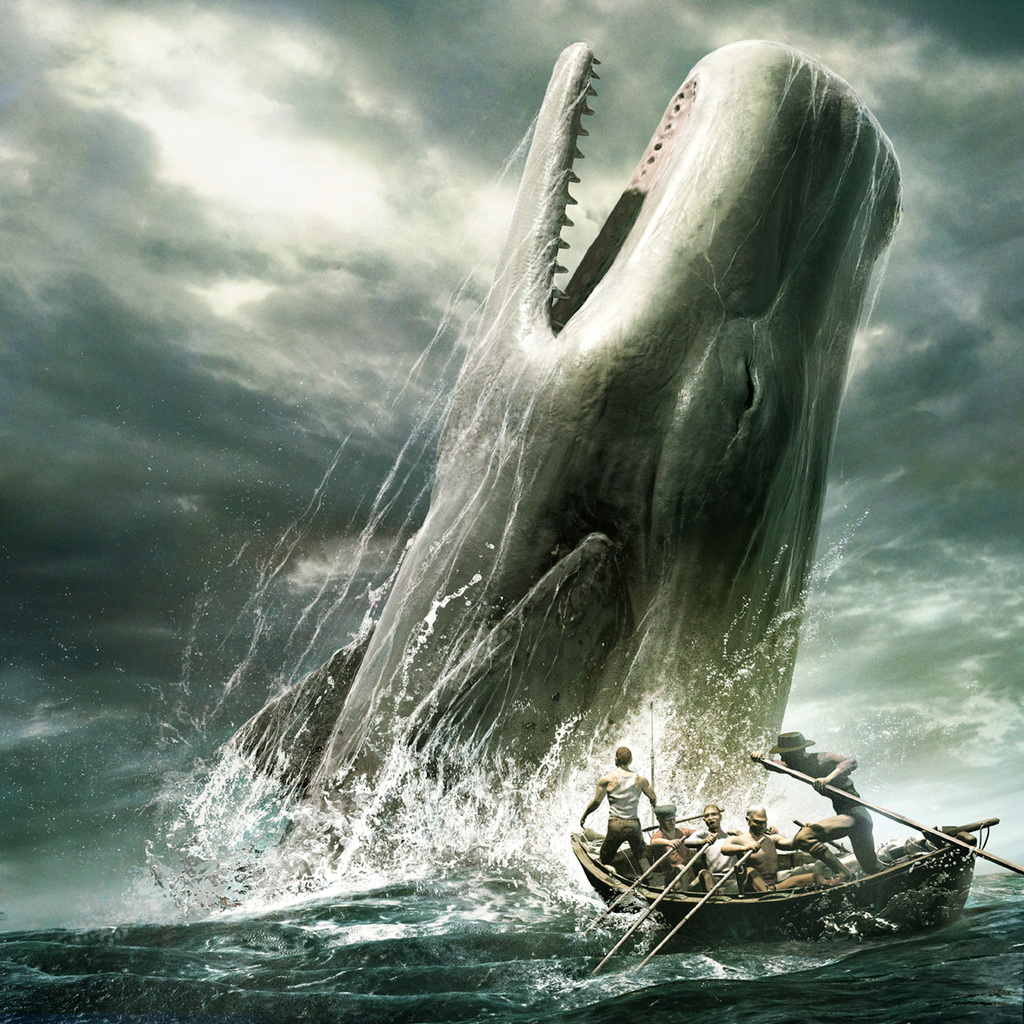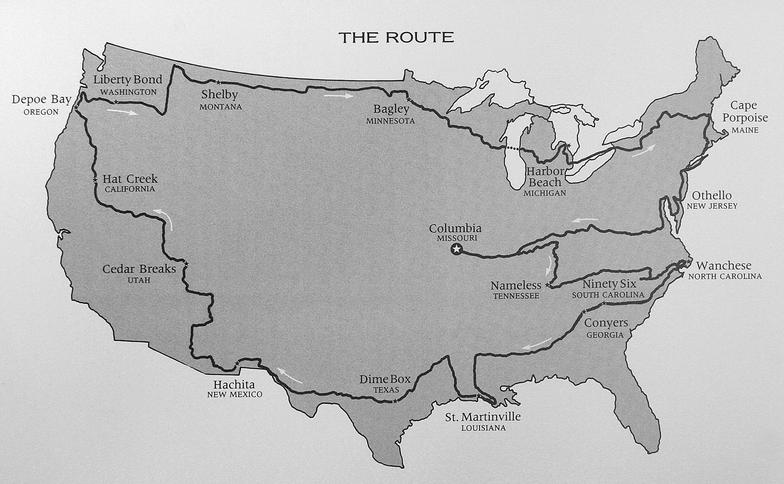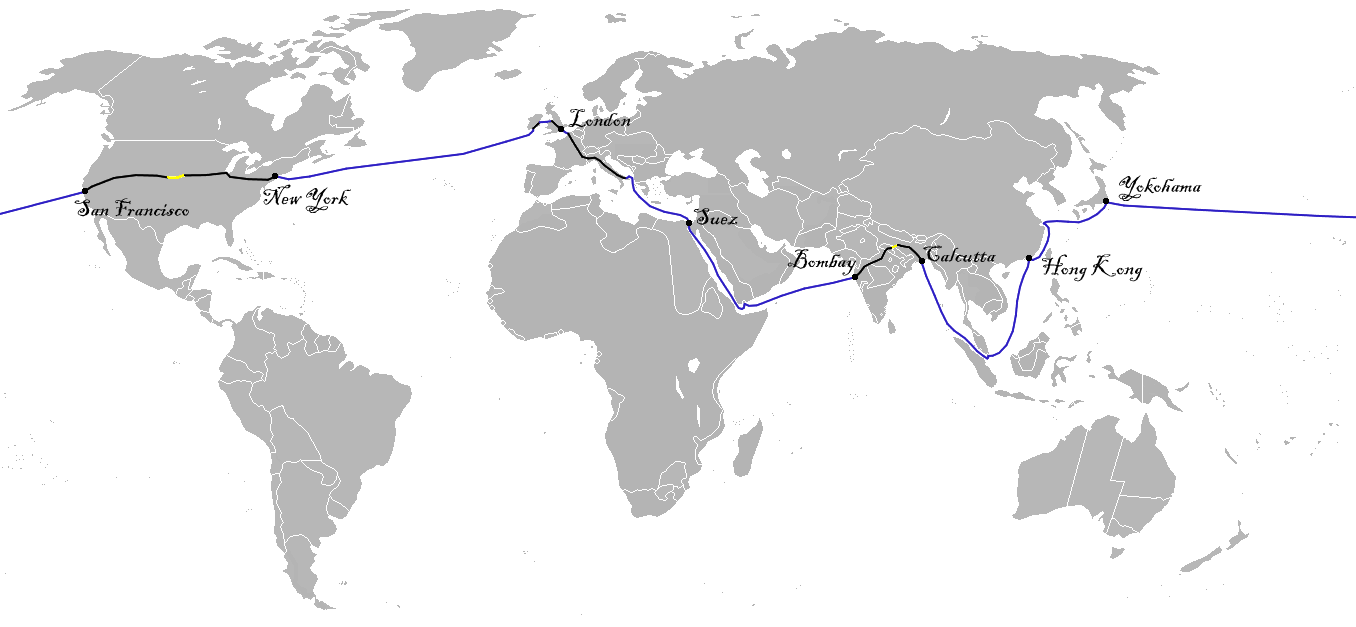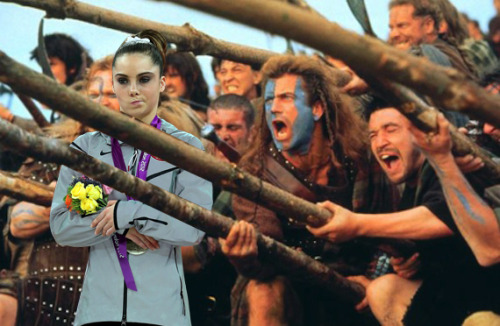Today’s poem is a little longer than we normally like to feature, but it comes to you with the grainy, century-old footage that inspired it, so I thought it would be worth sharing.
Now, because I’m posting the Youtube video, someone’s going to say that I am condoning the very filming the author calls Edison on the carpet for- but it’s only meant to bring home the bleakness of the poem’s main message.
Electrocuting an Elephant
BY GEORGE BRADLEY
Her handlers, dressed in vests and flannel pants,
Step forward in the weak winter light
Leading a behemoth among elephants,
Topsy, to another exhibition site;
Caparisoned with leather bridle,
Six impassive tons of carnival delight
Shambles on among spectators who sidle
Nervously off, for the brute has killed
At least three men, most recently an idle
Hanger-on at shows, who, given to distilled
Diversions, fed her a live cigar.
Since become a beast of burden, Topsy thrilled
The crowds in her palmy days, and soon will star
Once more, in an electrocution,
Which incident, though it someday seem bizarre,
Is now a new idea in execution.
Topsy has been fed an unaccustomed treat,
A few carrots laced with cyanide,
And copper plates have been fastened to her feet,
Wired to cables running off on either side;
She stamps two times in irritation,
Then waits, for elephants, having a thick hide,
Know how to be patient. The situation
Seems dreamlike, till someone throws a switch,
And the huge body shakes for the duration
Of five or six unending seconds, in which
Smoke rises and Topsy’s trunk contracts
And twelve thousand mammoth pounds finally pitch
To earth, as the current breaks and all relax.
It is a scene shot with shades of grey—
The smoke, the animal, the reported facts—
On a seasonably grey and gloomy day.
Would you care to see any of that again?
See it as many times as you please,
For an electrician, Thomas Edison,
Has had a bright idea we call the movies,
And called on for monitory spark,
Has preserved it all in framed transparencies
That are clear as day, for all the day is dark.
You might be amused on second glance
To note the background—it’s an amusement park!—
A site on Coney Island where elephants
Are being used in the construction,
And where Topsy, through a keeper’s negligence,
Got loose, causing some property destruction,
And so is shown to posterity,
A study in images and conduction,
Sunday, January 4th, 1903.
And here is Edison’s “moving picture” of Topsy's final moments:
Quite sad. Shades of Orwell’s “Shooting an Elephant-” or even of Dumbo’s mother, no?






